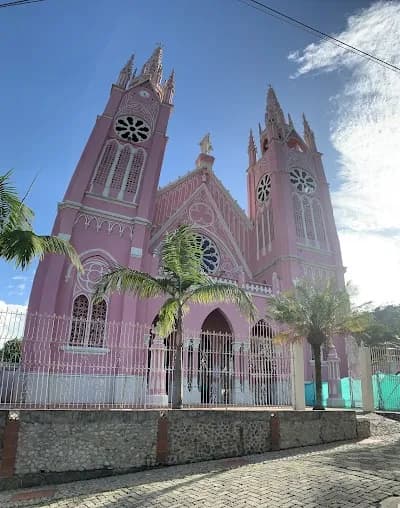
St. Laura
Abbess and Martyr
Saint Facts
- Origin:
- Italy
- Gender:
- Female
- Vocation:
- Unknown
- Birth:
- Unknown
- Feast Day:
- Oct 19
- Death:
- Unknown
Saint Details
St. Laura of Cordoba was a 9th-century abbess who lived during the Moorish occupation of Spain. Born in Cordoba, she became a nun at the monastery of Santa María de Cuteclara after being widowed. She eventually rose to the position of abbess, leading her community through a period of intense religious persecution. In 864, St. Laura was martyred for her unwavering commitment to Christianity. She was captured by Muslim authorities and, refusing to renounce her faith, was subjected to a gruesome death by being submerged in a vat of boiling lead.
St. Laura's martyrdom is part of the broader context of the Martyrs of Cordoba, a group of Christians who suffered under Muslim rule. Her leadership and dedication to her faith have made her a significant figure in both the Orthodox and Roman Catholic traditions. She is venerated on October 19 in the Orthodox Church and October 21 in the Roman Catholic Church. Her legacy highlights the importance of religious freedom and the enduring impact of female leadership in monastic communities. Despite the lack of detailed information about her early life, St. Laura's courageous stand against persecution has left a lasting impact on Spanish Christianity and interfaith relations.
Associated Holy Sites

Chiesa Evangelica Valdese
Via dei Mille, 4, 25122 Brescia BS, Italy

Santuario Santa Laura, Parroquia Corazón de María
Cl. 10 #455, Jericó, Antioquia, Colombia
Details for: Chiesa Evangelica Valdese
The Chiesa Evangelica Valdese, located in northern Italy, is a significant site for Protestant pilgrims, particularly those of the Waldensian tradition. The Waldensians, one of the oldest Protestant movements in Christianity, trace their origins to the 12th century and are known for their commitment to simplicity, poverty, and preaching the Gospel. This church serves as a spiritual and historical landmark, reflecting the resilience and faith of the Waldensian community, which faced centuries of persecution. Pilgrims visit the site to connect with this rich heritage, learn about the Waldensian Reformation, and reflect on the broader themes of religious freedom and reform. While not associated with a specific saint, the church embodies the enduring legacy of a movement that sought to return to the teachings of early Christianity. Its location in a region with deep historical ties to the Waldensians makes it a meaningful destination for those exploring the roots of Protestantism.
🙏 No spam. Just grace. Unsubscribe anytime.